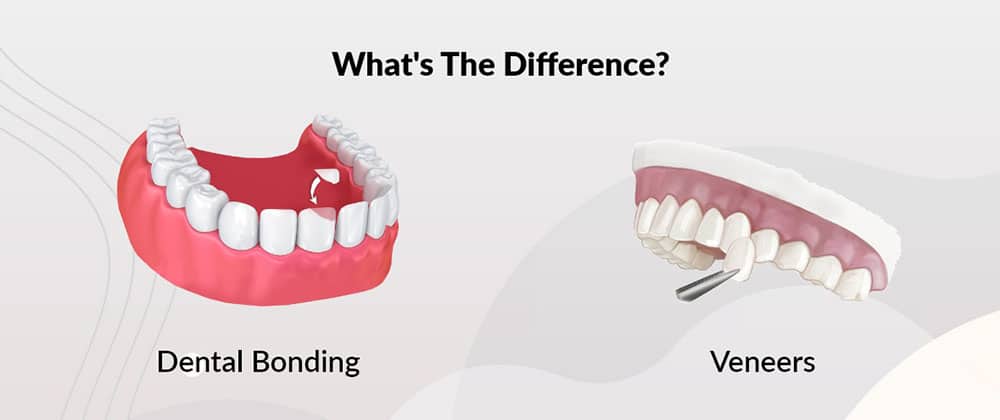Hearing that you need a tooth extraction can be intimidating. Many people picture discomfort or a long recovery, but the truth is that modern dental techniques make the process straightforward and comfortable. At North Shore Dental Center in Peabody, our focus is on guiding you through each step so you know exactly what to expect from start to finish.
Whether you are having a wisdom tooth removed or a damaged tooth taken out, here is what a typical day in the life of a tooth extraction looks like.
Step One: Your Initial Examination
The process begins with a consultation. Your dentist in Peabody will review your medical and dental history and discuss why an extraction is necessary. Common reasons include severe decay, advanced gum disease, crowding, or impacted wisdom teeth. This visit is the perfect time to ask questions and express any concerns you have about the procedure.
Step Two: X-rays for Precise Planning
An X-ray is an essential part of planning your tooth extraction. It allows your dentist to see the tooth’s position, the roots, and the surrounding bone. This detailed image ensures the safest and most efficient removal possible.
For impacted teeth or complex cases, panoramic X-rays or 3D imaging may be used to give an even clearer picture.
Step Three: Preparing for the Procedure
Once your treatment plan is confirmed, we will review pre-procedure instructions. This may include arranging a ride home if sedation is used, avoiding food for a certain period before your appointment, and making sure your medical information is up to date.
For routine extractions, a local anesthetic is usually sufficient. For surgical extractions or for patients who feel anxious, sedation options may be available.
Step Four: Numbing the Area
On the day of the extraction, the first step is to make you comfortable. Your dentist will apply a topical numbing gel to your gums, followed by a local anesthetic injection. This ensures you will not feel pain during the procedure. You may feel some pressure or movement, but no sharp sensations.
Step Five: The Extraction Process
There are two main types of extractions:
- Simple extraction – Used for teeth that are visible and fully erupted. The dentist loosens the tooth with a dental instrument and gently removes it.
- Surgical extraction – Needed for teeth that are broken, impacted, or below the gumline. A small incision in the gum may be made, and in some cases, the tooth may be sectioned into smaller pieces for easier removal.
Thanks to modern tools and techniques, most extractions are quick and far less invasive than people expect.
Step Six: Immediate Aftercare
Once the tooth is out, the dentist will clean the area and place a piece of gauze over the site. You will bite down gently to help stop bleeding and form a clot. This clot is an important part of healing, so it is essential to follow instructions carefully to protect it.
Step Seven: Going Home and Resting
After your appointment, you will head home to rest. It is normal to have some swelling, mild discomfort, or minor bleeding for the first day or two. Using an ice pack in short intervals and taking any prescribed medications will help keep you comfortable.
Step Eight: The First 24 Hours
During the first day, avoid rinsing vigorously, drinking through a straw, or smoking, as these can disturb the clot and delay healing. Stick to soft foods like yogurt, applesauce, and mashed potatoes. Drink plenty of water to stay hydrated.
Step Nine: Days Two to Three
By the second or third day, discomfort should be minimal. You can gently rinse your mouth with warm salt water to keep the area clean. Continue eating soft foods, but you may start reintroducing slightly firmer options as you feel ready.
Step Ten: Full Recovery
Most patients feel fully recovered within a week, although surgical extractions may take a bit longer. Your dentist will schedule a follow-up appointment if necessary to ensure the site is healing well. Once healed, we may discuss options for replacing the tooth if needed, such as a dental implant, bridge, or partial denture.
How to Make Recovery Easier
- Follow instructions closely – Your dentist’s aftercare plan is designed to help you heal faster and more comfortably.
- Manage swelling – Use ice during the first 24 hours to reduce inflammation.
- Eat the right foods – Soft, nutrient-rich meals will keep you nourished without irritating the extraction site.
- Stay ahead of discomfort – Take prescribed or over-the-counter medication before pain becomes intense.
Why Choose North Shore Dental Center in Peabody
When you choose North Shore Dental Center, you get the benefit of experienced dentists who focus on patient comfort at every step. From thorough planning with detailed X-rays to gentle techniques and personalized aftercare, we are here to make your extraction experience as smooth as possible.
Final Thoughts
A tooth extraction does not have to be a stressful experience. With the right care, clear communication, and modern dental methods, you can feel confident from the moment you walk in for your X-ray to the day you are fully healed.
If you have been told you need a tooth removed or want a second opinion, contact North Shore Dental Center today. Our trusted dentist in Peabody will guide you through the process and help you achieve a healthy, comfortable smile.



